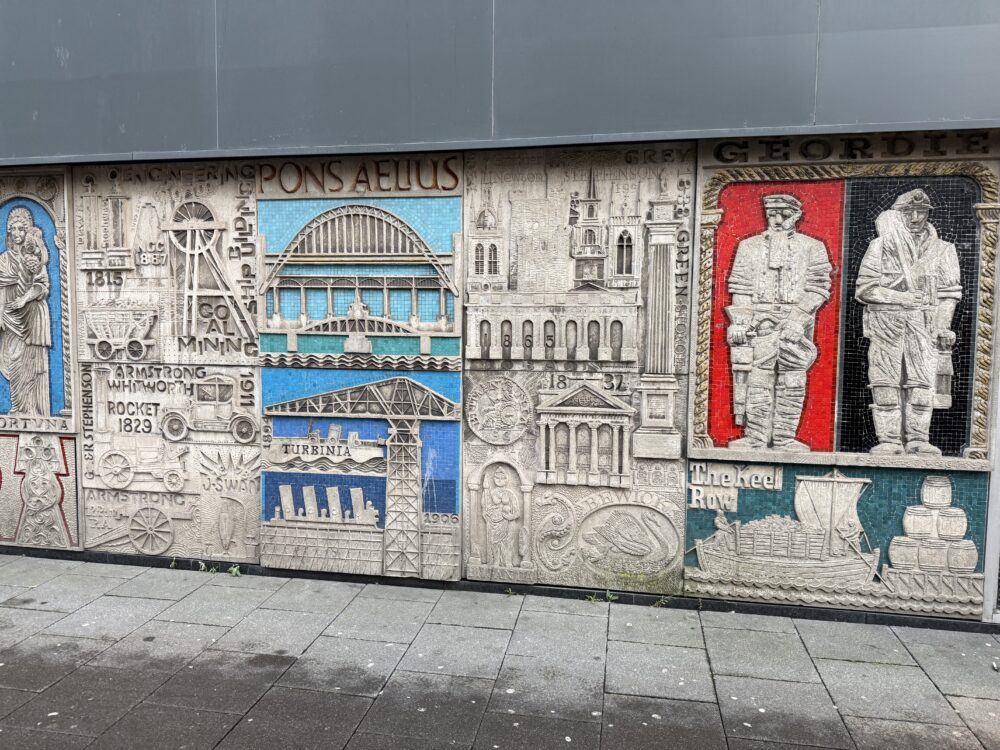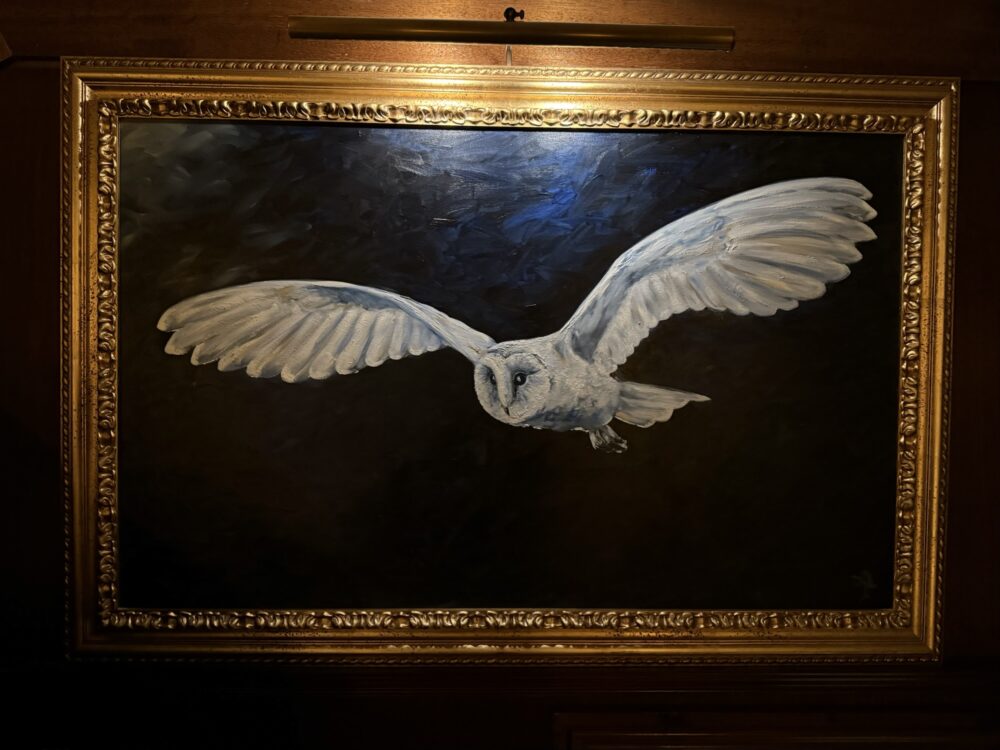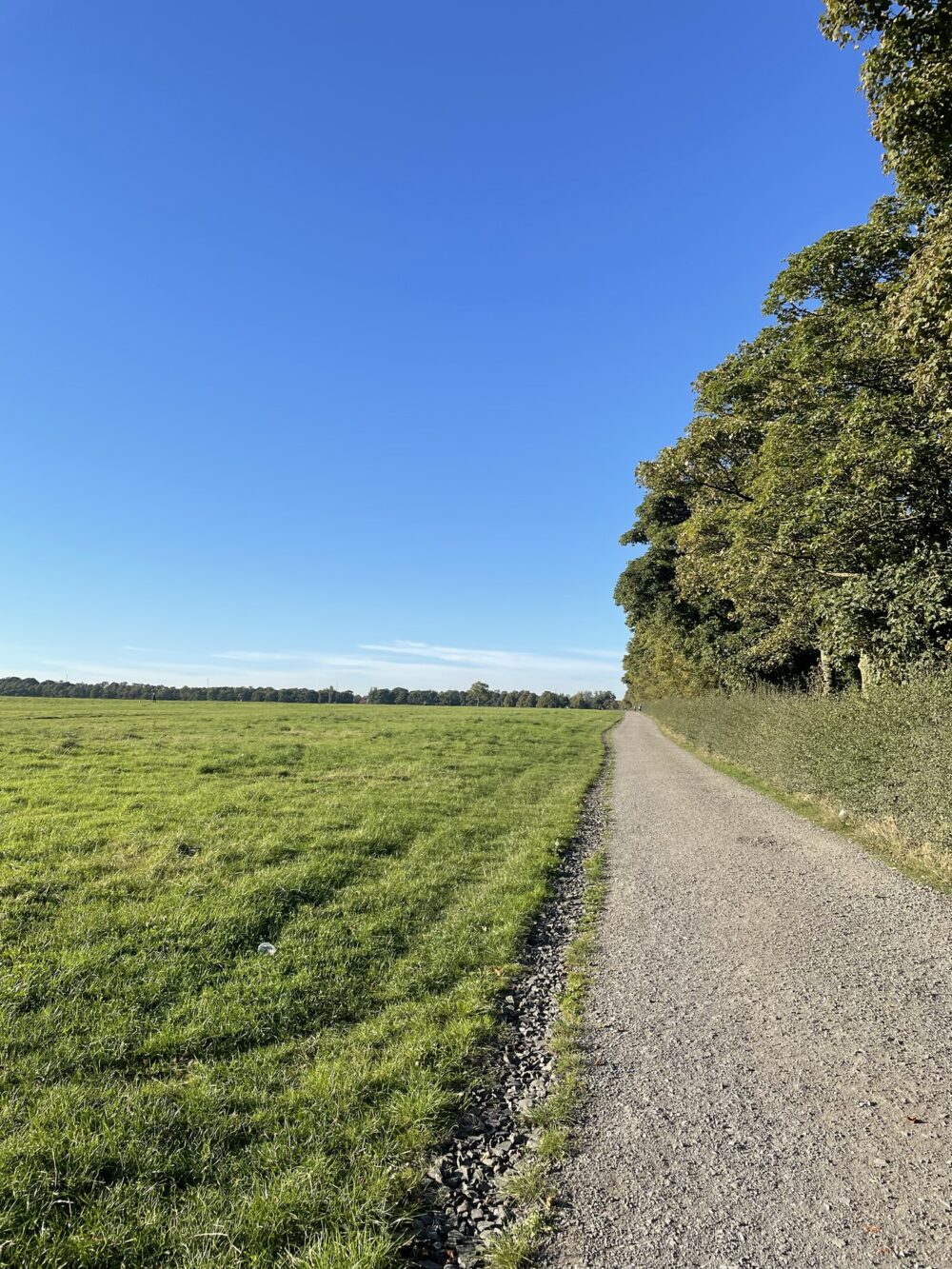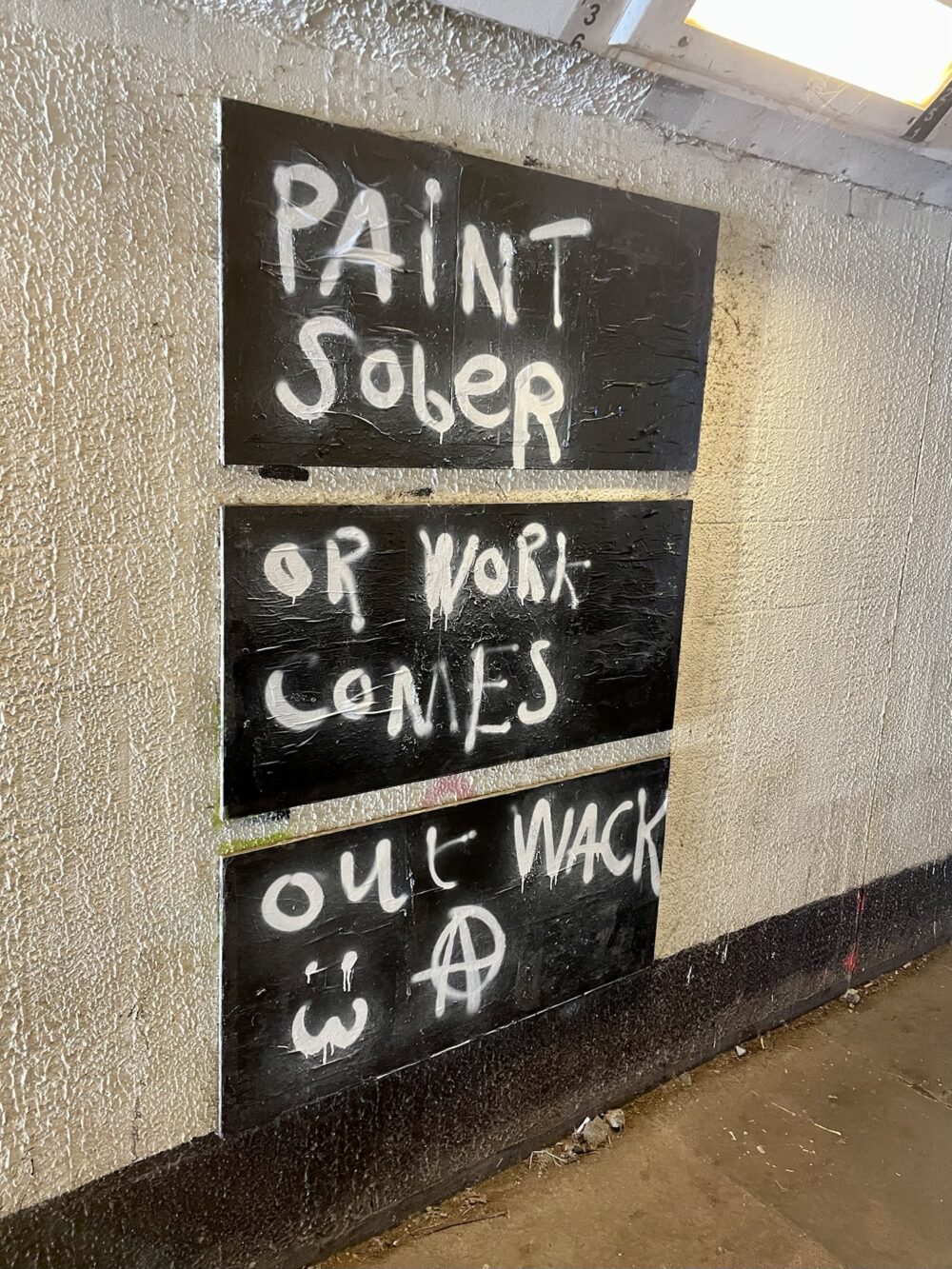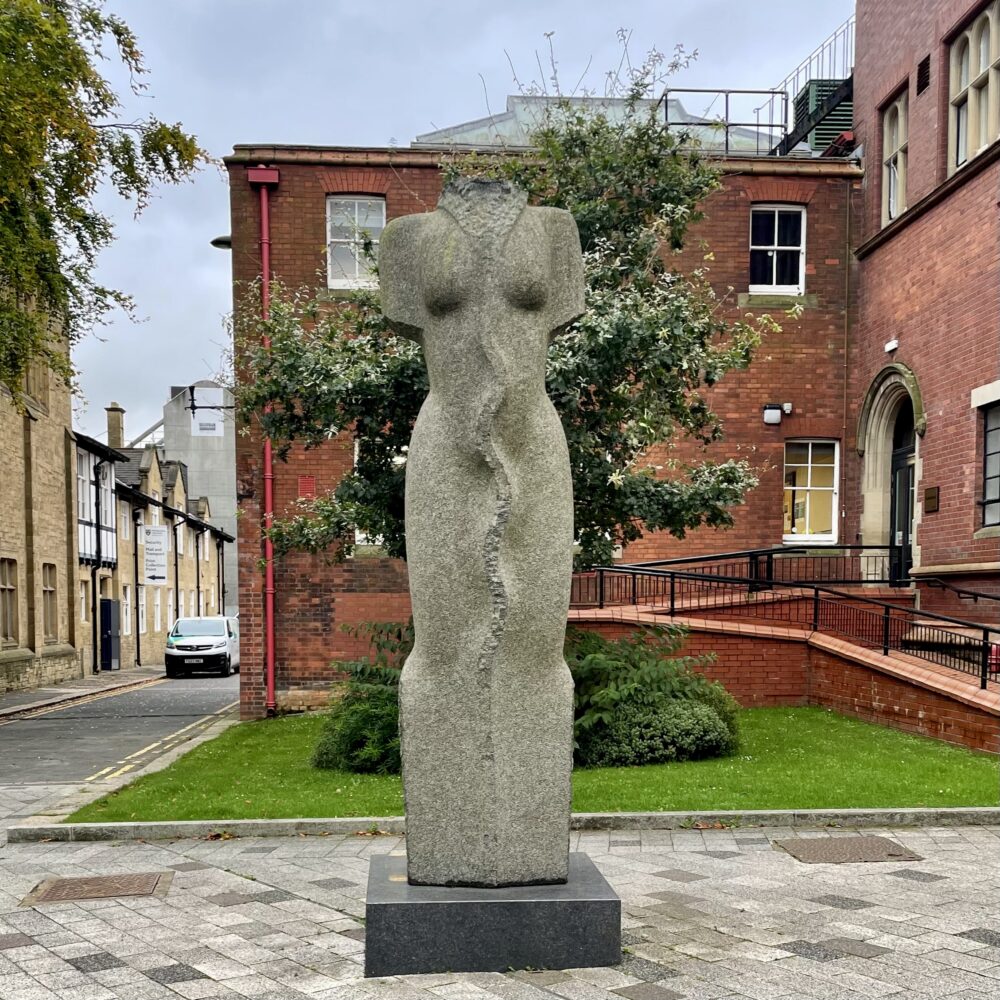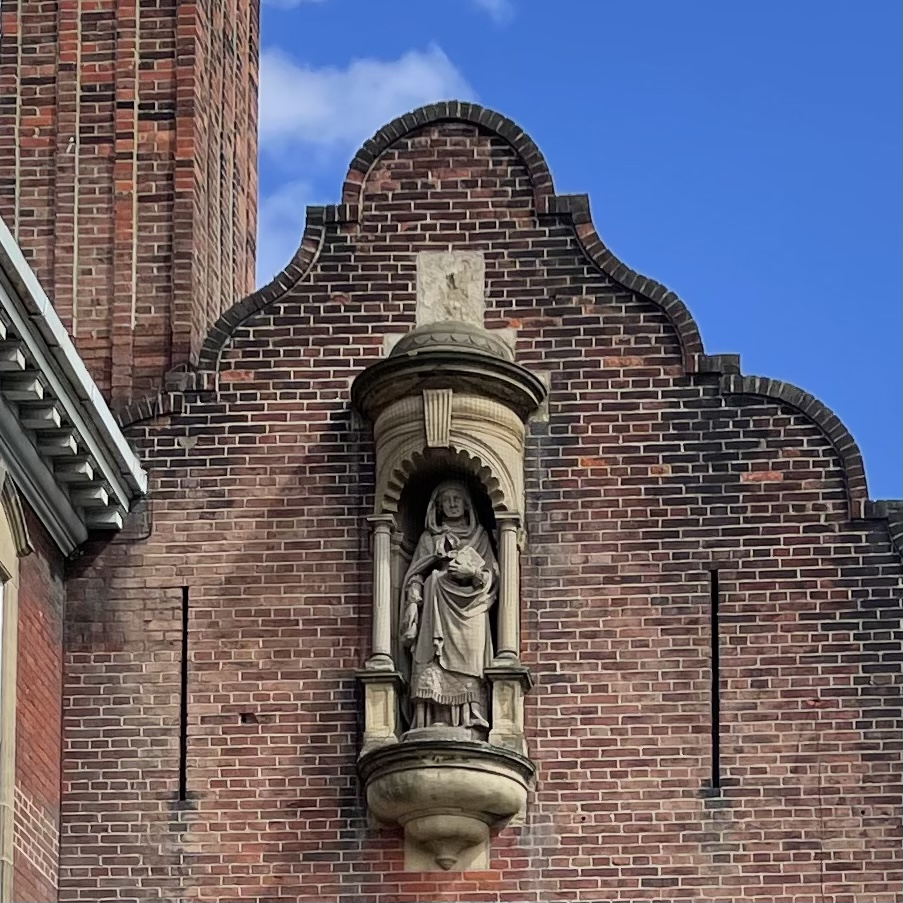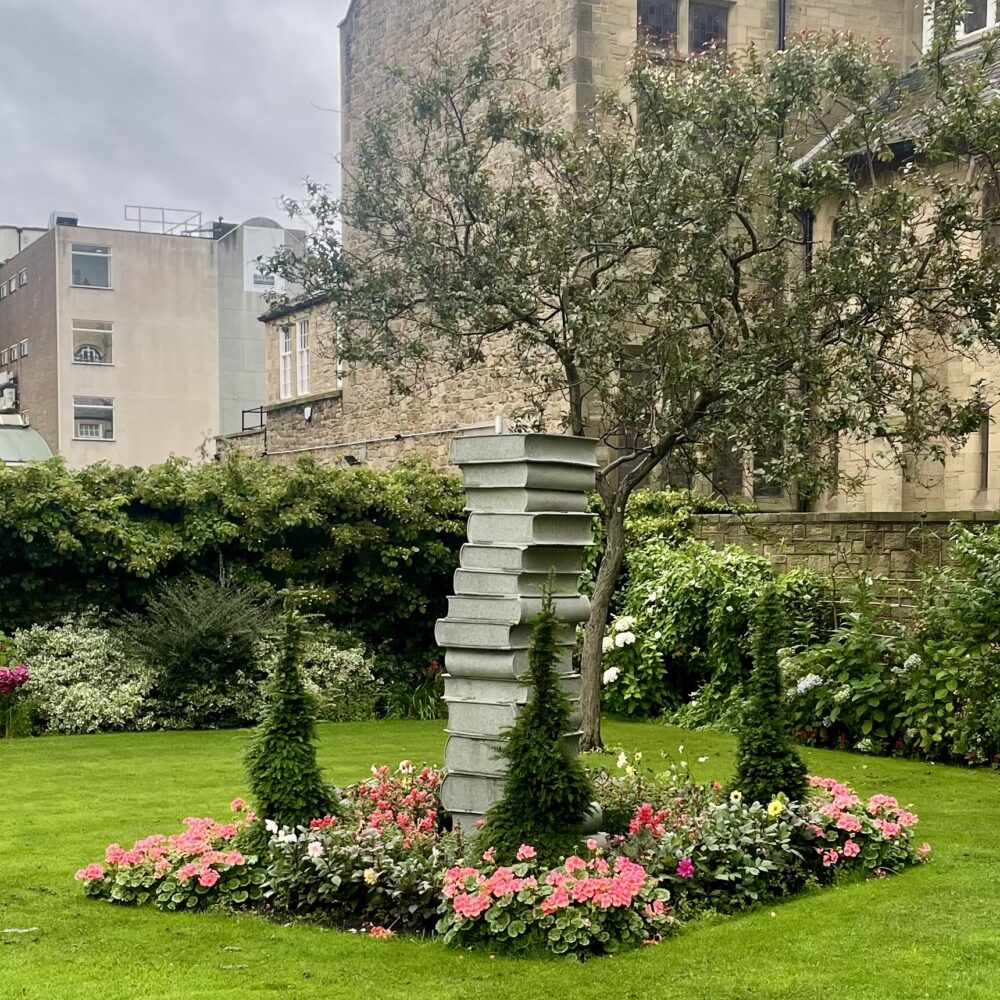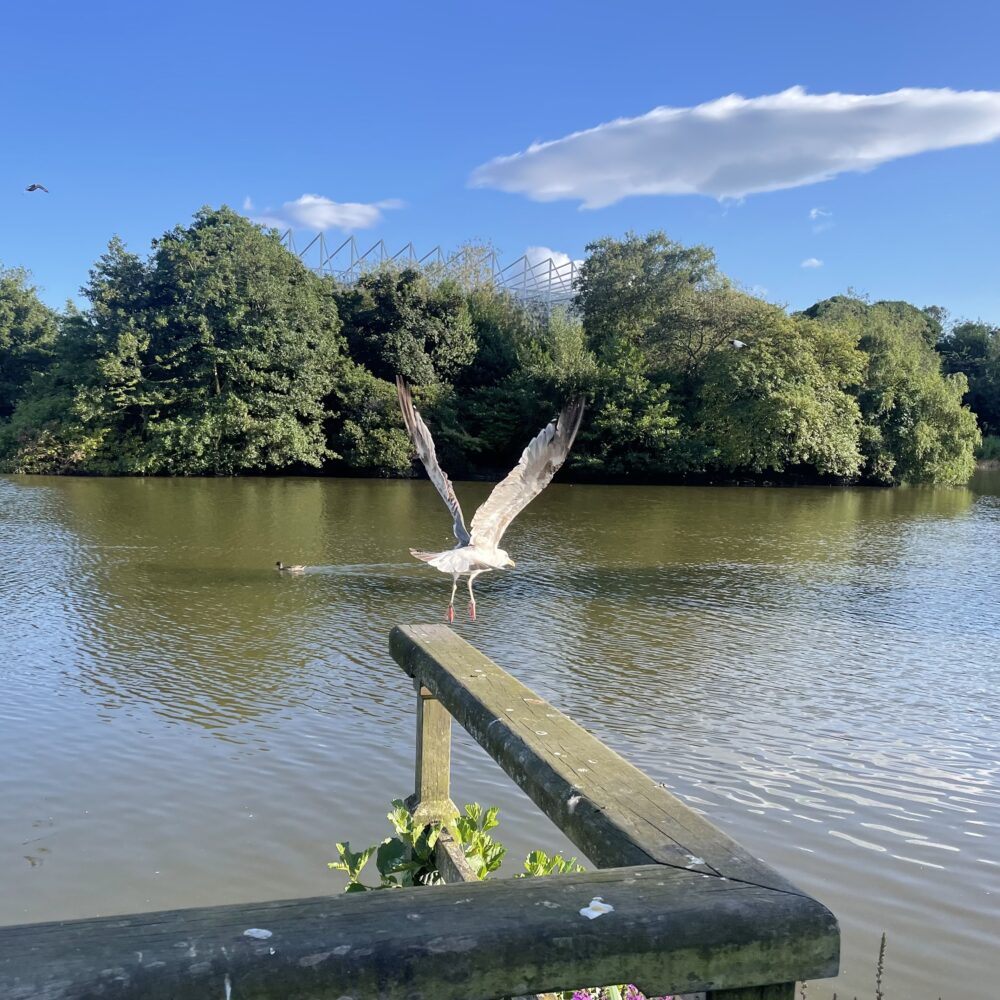Yesterday, I posted a picture of the boating lake at Newcastle’s Leazes Park, a 150-year-old construction that was once one of two lakes in Tyneside’s first public park.
I’m sure you gazed at the photo and wondered to yourself: where did all that water come from? And thereby hangs a tale.
I talk far too much on this blog about the Ouseburn, which is only one of Newcastle’s notable ‘burns’. ‘Burn’ is an Old English word for a small river, still retained in Scottish and Geordie, but also evident in place names elsewhere in the country (think Bournemouth or Holborn, for example).
One such burn flowed through the centre of Newcastle and, much like the Thames, was converted by human activity into an open sewer. It therefore became ‘the poo burn’—but Geordies are a polite bunch who borrowed the Old Norse word for poo, ‘lortr’, naming it Lort Burn.
As the recent General Election results testify, people generally disapprove of rivers of poo flowing through their local communities, so in 1696, the Lort Burn began to be buried underground. By 1784, it was fully covered. Over the next century or so, the path of the burn became some of Newcastle’s most famous streets, including the much-celebrated Grey Street.
As it happens, the Lort Burn rises in what later became Leazes Park, and the boating lake is fed by its water. Given the history, it’s perhaps unsurprising that this wasn’t celebrated when the park opened.
In 2003, a project was launched to mark the hidden burns of Newcastle with artworks. The Lort Burn was to be marked with an artwork in Leazes Park, and a grand competition was held. More than 200 artists submitted proposals. Bob Budd wanted to put giant soup cans in the lake, which could have been fun, while Sophy King suggested some metal spheres engraved with maps.
But it was Tom Grimsey’s proposal which won out and was constructed within a couple of years: a bizarre series of blue concrete slabs inlaid with metal flowers, tracing the path of the Lort Burn through the park. It’s known as ‘The Flowering of the Lort Burn’, and the Council called it ‘a playful demonstration of human expression’—which feels like a quotation that could be attached to almost anything.
The site where the Lort Burn rises is marked by these sculptures, frequently and optimistically described as ‘seats’.
I’ve never seen anyone sitting on/in them—but perhaps one day someone will, and they’ll ponder the open sewer while they do.
